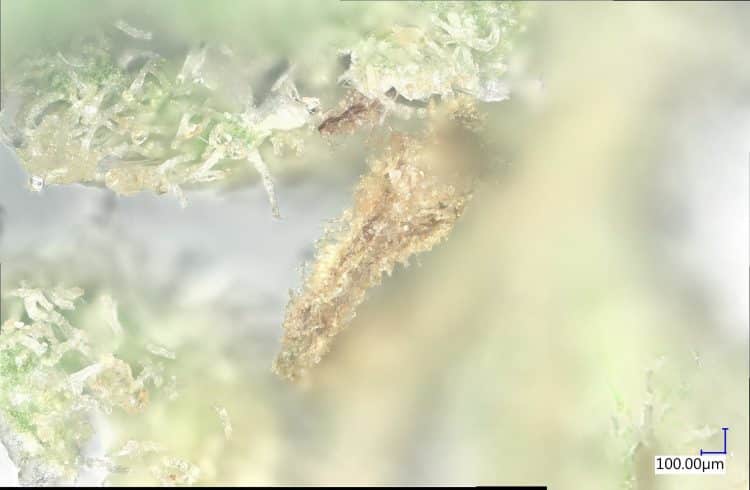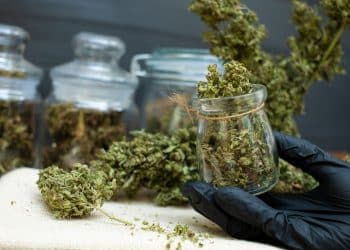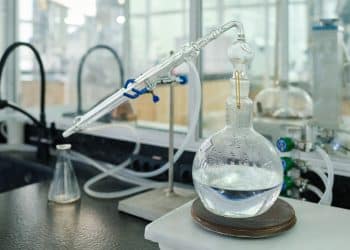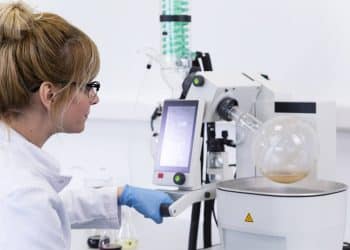Winterization is a purification process used for removing oils, fats, and waxes. It involves dissolving the extract in a solvent (usually ethanol), freezing the mixture, then removing the waxes and other unwanted impurities by filtration. Cryogenic winterization refers to the use of extremely cold temperatures, such as -80°C and below, during the freezing step (although technically, cryogenics refers to temperatures between -150°C and -273°C). Such temperatures are used for continuous rather than static winterization and may reduce the time required from several days to several hours. Why Winterize?
Processors use winterization to remove lipids because fats dilute and lower the purity of extracts, limit product shelf-life due to rancidity, and shouldn’t be inhaled into one’s lungs via a vaporizable product. Therefore, winterization improves the flavor, quality, and safety of the resultant oil.
How Does Winterization Differ from Dewaxing?
Dewaxing is similar to winterization. Both processes use extremely low temperatures to remove impurities from the extract. However, dewaxing is commonly performed in closed-loop butane extraction. When butane is sent through a tube or column containing plant material, the gas picks up many of the compounds in the plant. The mixture is then cooled in extremely low temperatures which makes the lipids insoluble and they are scraped off the top of the mixture.
Dewaxing tends to produce less of a yield than winterization; however, winterization may negatively impact flavor and terpene content more than dewaxing.
How Extraction Impacts Winterization
The first thing to know is that the process is used for a specific purpose and that extraction methods themselves also can affect this process. Cryogenic ethanol used during extraction does not dissolve fats and lipids, thus preventing the need for winterization. Supercritical carbon dioxide (CO2) and conventional ethanol extraction do solubilize waxes from plant matter, however.
Using Cryogenic Ethanol to Winterize Extract
Pre-freezing the plant material is recommended. [1] Chilling/cooling technology is required to achieve cryogenic temperatures and even temperatures in the sub-zero range of -40°C to -80°C. Liquid nitrogen, with a boiling point of -196°C, is often integrated as it’s a cryogenic liquid due to having a boiling point below -150°C, alongside helium, hydrogen, and oxygen. Temperatures of -135°C to -145°C should be cold enough to prevent cannabis from leaching out green pigmentation. [1]
Given the need for extreme cooling, cryogen-friendly equipment, and rigorous safety controls, this method likely doesn’t scale for large extraction facilities, currently. However, the faster turnaround time may help balance throughput.
Final Words to the Wise
Extraction and winterization must be taken with care. This is especially true when working with extreme temperatures. Appropriate training and equipment are paramount to a safe, successful winterization.
Reference
[1] Oxhandler, S. “The Big Freeze – Using Cryogenic Extraction to Create Golden Perfection,” Extraction Magazine, Mar-Apr 2020.
Picture credit: Felix Bildstein / CC BY-SA












